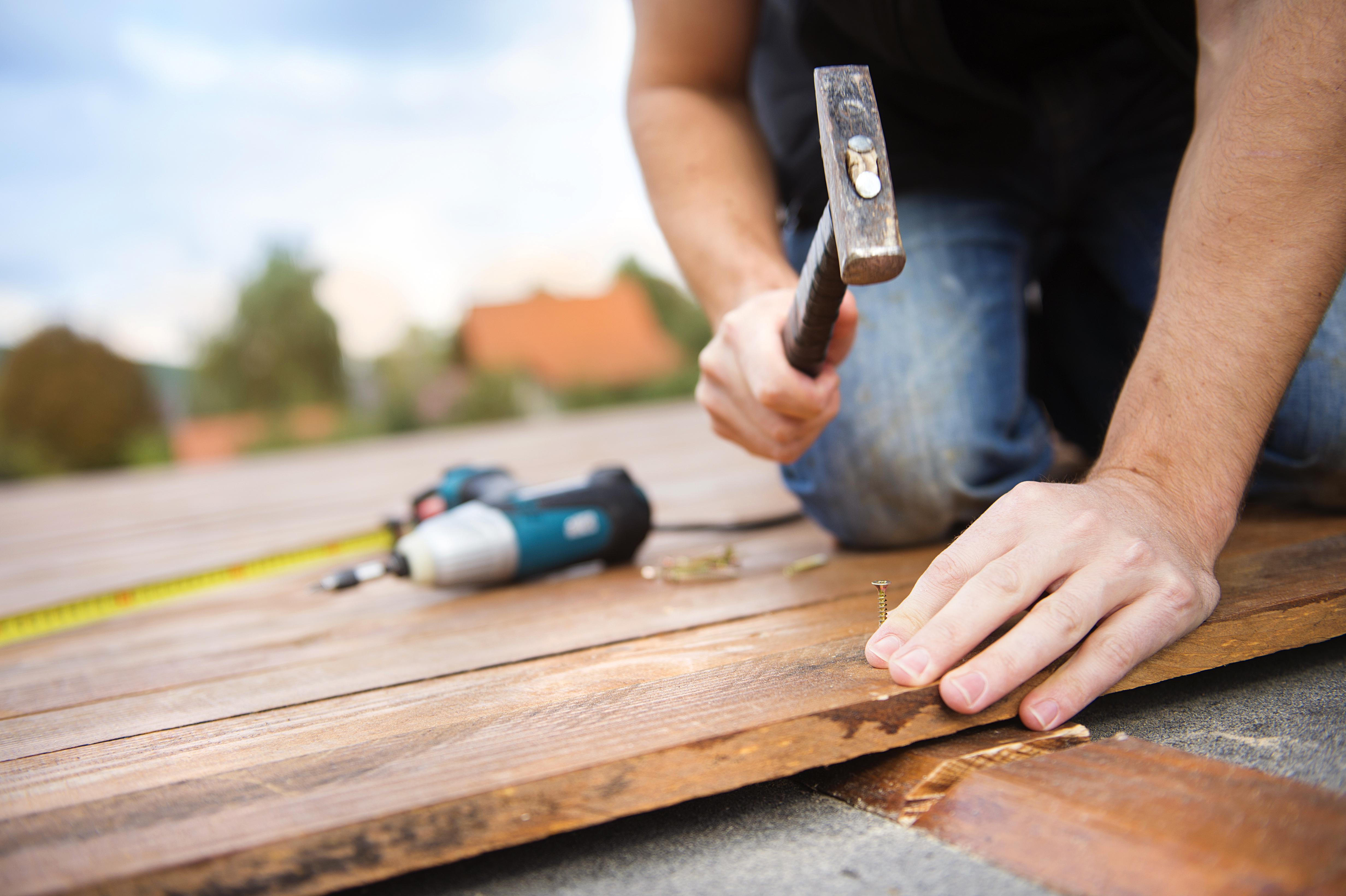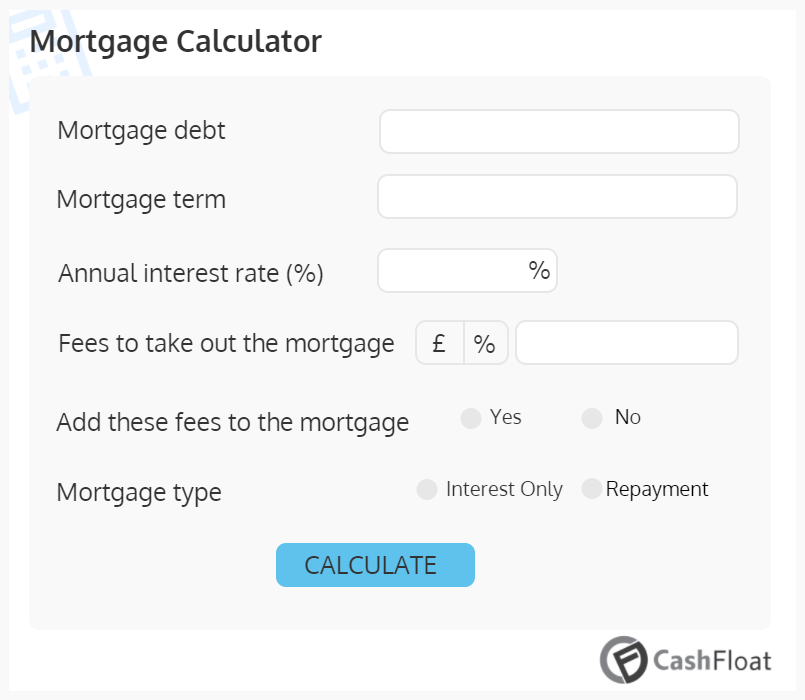Table of Content
- Term and Interest Rate
- When a Home Improvement Loan May Be Better
- Home Improvement Loan vs. Remortgage - Which is Better for You?
- CASH PLUS SA MASJID MUILHA
- What is the difference between a home improvement loan and a home equity loan?
- Which is a cheaper source of financing, home loan or mortgage loan?
- Thinking about buying but not sure where to begin? Start with our affordability calculator.
These commissions are how we maintain our free service for consumers. Compensation, along with hours of in-depth editorial research, determines where & how companies appear on our site. I spent a long time searching for a secured loan company my readers could trust.

These loans may have higher interest rates but lower closing costs—for example, an appraisal might be the only requirement to complete the transaction. If a borrower falls behind on payments, the lender can seize the home, or collateral, in a process known as foreclosure. The lender then sells the home, often at an auction, to recoup its money. The original lender must be paid off in full before subsequent lenders receive any proceeds from a foreclosure sale. It means the borrower will be eligible to get only 60-70% of the collateral’s present market value as a loan. The processing fee on these loans is typically 1.5% of the loan amount, and a top-up facility is available as well.
Term and Interest Rate
There are multiple key differences between a home equity loan and a HELOC. In a nutshell, a home equity loan is a fixed, one-time lump sum that is issued and then repaid over time. A HELOC is a revolving line of credit using a home as collateral that can be used and paid off over and over again, similar to a credit card. One uses a home as a tool; the other gets a buyer into a home. If you’re looking for a home equity loan, a mortgage, or a refinance, it’s a good idea to compare rates and terms.
You can’t draw funds only as needed with home equity loans as you can with HELOCs. Suzanne De Vita is the mortgage editor for Bankrate, focusing on mortgage and real estate topics for homebuyers, homeowners, investors and renters. The offers that appear on this site are from companies that compensate us. This compensation may impact how and where products appear on this site, including, for example, the order in which they may appear within the listing categories. But this compensation does not influence the information we publish, or the reviews that you see on this site.
When a Home Improvement Loan May Be Better
The convenience that lower-income applicants find with other FHA loan programs will apply here as well, and users of the program will tend to save time and money. The FHA guarantees the loan but does not actually provide them. This article will look more closely at how you might strategically think about handling home renovation costs and examine some of the more popular programs available today. Rates from 4.5% APRC to 65.2% APRC are available - the highest rate is for customers with severe credit problems. The third party lender or broker may charge a fee of 0% up to 15% on your loan. Whether you need cash for a simple redecoration or a large extension, a home improvement loan is a simple and affordable way to borrow the money you need.
Also, it’s important to have a realistic idea of project costs and get the right type of loan, with the best rate you can qualify for and a payment that fits your budget. If you have a lot of equity in your home, a HELOC or home equity loan might be best. Or, you might use a cash-out refinance for home improvements if you can also lower your interest rate or shorten your current loan term. Those without equity or refinance options might use a personal loan or credit cards to fund home improvements instead.
Home Improvement Loan vs. Remortgage - Which is Better for You?
You could always finance some or all of your remodeling cost with plastic, too. This is the quickest and simplest financing option for a home improvement project. After all, you won’t even need to fill out a loan application.

Information on WalletHub Answers is provided “as is” and should not be considered financial, legal or investment advice. WalletHub is not a financial advisor, law firm, “lawyer referral service,” or a substitute for a financial advisor, attorney, or law firm. You may want to hire a professional before making any decision. WalletHub does not endorse any particular contributors and cannot guarantee the quality or reliability of any information posted.
Obviously, home equity products require a build-up of equity to tap into. If you are living in your home and wish to upgrade it, it would make sense to compare equity products to the 203 and other HUD options. Home equity loans might carry lower interest rates than a HELOC, but the HELOC allows you to only borrow on what you need/use. For example, fire safety measures are allowed up to $50,000 in secured loans, while other issues standard have a cap of $25,000 in secured loans for a nonresidential property. Historic preservation for residential dwelling is another upgrade covered by Title 1 Property Improvement loans.
Home equity loans are usually second mortgages—meaning they're the second loan you take out against your home. There may be early repayment fees for paying off your first mortgage early. Yes, it is possible to remortgage to release equity and use the money for home improvement projects. Although a secured personal loan creates a potential risk of foreclosure, it reduces your lending risk and could therefore help to secure more credit and/or lower interest.
The cash-out is included in the new mortgage, so there are no separate payments to make. A cash-out refinance can have the double benefit of letting you refinance a higher-rate mortgage to one with a lower rate while pulling out cash to spruce up your property. You must secure a home equity loan or HELOC with your home as collateral. In this way, the loan is an investment that could boost the home’s value. If a project will improve the value of the property, a home remodel loan can be a valuable tool.

But these types of loans aren’t the only way to make room in your budget for a remodel. If you’re burdened by student loan debt, and you’re considering a refinance to potentially save thousands over the life of your loan, Earnest has you covered. That’s extra money in your budget you could put toward creating the home of your dreams, one upgrade at a time. A home improvement personal loan, on the other hand, is an unsecured loan, so the lender takes on additional risk.
You can just as easily invest your cash, use it for debt consolidation, or put the lump sum into your bank account. Keep in mind that you’ll likely pay closing costs on a home equity loan, between 2% and 5% of the loan balance. So the amount you’re borrowing needs to make the added cost worth it. Home improvement loans will give you a lump sum amount that is repaid with interest through fixed monthly repayments over a specified period of time. Once all monthly repayments have been paid in full, the loan has been paid off. Two of the best ways to borrow money for home improvements is to use a home improvement loan or to remortgage.

If you have no mortgage or looking for a small loan, i.e. under €20,000, Credit Union personal loan. If you are looking at doing an extension or big house improvements, you might look into a remortgage as the interest rates will be much lower. But if you’re unemployed you’ll need a strong alternative source of income, such as a pension, government benefits or investments. Home improvement loans are better if you don’t want to put your home at risk, you have little equity in your home, or you need funding quickly.

No comments:
Post a Comment